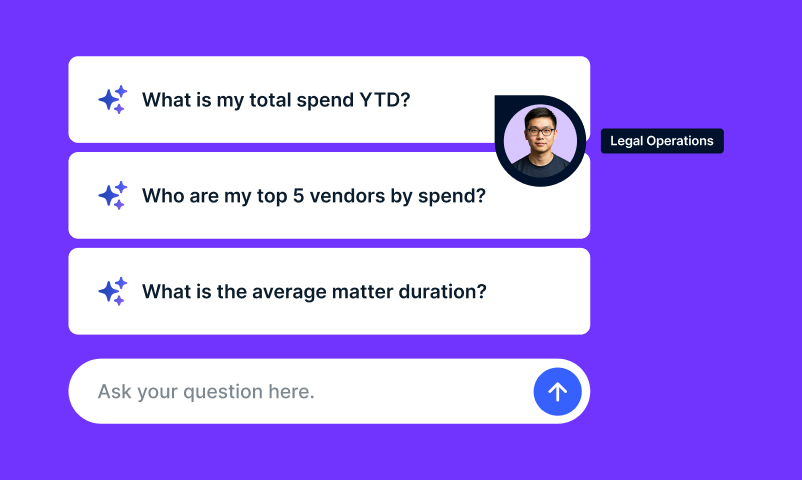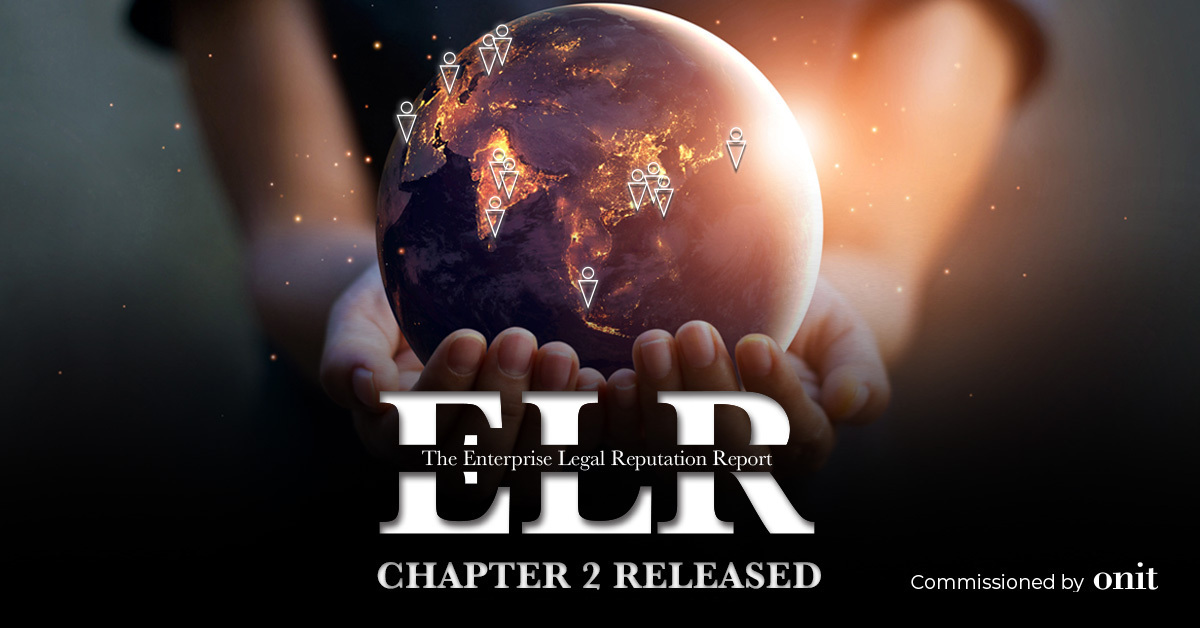
Contracts play an essential role in the success of any business but guiding them to execution can be an uphill battle for many internal functions. Fortunately, the era of technology birthed solutions built for contract management – and implementing the right solution can cut spend, reduce review time, and positively impact material growth across the enterprise.
From the Magna Carta establishing control of royal power to a young America’s Louisiana Purchase from France to superstar athlete Lionel Messi’s colossal deals, contracts are everywhere in business.
In fact, the Enterprise Legal Reputation (ELR) Report* disclosed that nearly half (43%) of legal departments globally handle up to 1,000 contracts each year — a towering number that leaps even higher in the United Kingdom, where one in four (25%) legal professionals process at least 2,000 contracts yearly.
The main source of friction in contract lifecycles comes from balancing speed and control. Sales and procurement professionals get paid to close deals — and the faster, the better, so they can close more deals — whereas Legal must assess every deal for compliance and to mitigate risk. While legal professionals in the United Kingdom have the fastest contract execution with nearly two in five (38%) reporting an average of less than three months, the highest percentage of contracts (35%) in the United States are finalized in four to six months, and in Germany (49%) and France (45%), execution generally takes seven months or more.
It may be the norm, but slowly executed contracts can impact business adversely, negatively affecting everything from deal closure and revenue generation (44%) to mergers and acquisitions (23%). Contract lifecycle management (CLM) provides a major opportunity for every internal department to work together better and more expeditiously, to grow their influence on revenue generation and operational and cost efficiency, and to achieve greater material success for the business.
Time is money… and too much of both are spent on contract review
According to the ELR Report, two in five legal respondents (40%) spend four to five hours — at least half of every business day — reviewing and managing contracts. That means half of their work weeks, quarters, and fiscal years are spent manually reviewing contracts. In Germany, as many as one in five (19%) spends six to eight hours daily. And in France, one in 10 (10%) spends more than eight hours each day reviewing and managing contracts leaving them with little time to dedicate to higher-value work.
Let’s take a moment to calculate this. Say a legal professional earns an annual salary of $150,000 USD. If half their hours are unavailable for anything but reviewing contracts, that equates to $75,000 each year going to contract management. If there are 10 members of the legal team, that’s three-quarters of a million dollars every year processing contracts.
The ELR Report also revealed that as many as one in 10 respondents (and as many as one in five in the United States and United Kingdom) is concerned that Legal lengthens the time to close and win deals. Now imagine if this study was a corporation of 4,000 employees, in which most engage Legal at some juncture — whether for hiring an employee, signing a partnership, or finalizing a deal. If 500 of those employees are salespeople, 10% equates to 50 salespeople experiencing delayed deal cycles. Consider that impact on the company’s forecast, stock ratings, and even its ability to retain salespeople and prevent churn.
Automated contract management means more time for higher-value work
What’s more, throughout what tends to be a labor-intensive and non-cost-effective process for Legal, other functions — such as sales, procurement, HR, and IT — may be left wondering what stage their contracts are in, what the next steps are, and when they can expect to move forward.
The process of contracting doesn’t have to feel overwhelming and seemingly endless, however. Implementing state-of-the-art CLM technology can eliminate contracting roadblocks and skyrocket the efficiency and productivity of contract management by:
1. Facilitating collaboration. Every department creates and manages contracts. But not every internal function uses the same system for contract management. Global enterprises deal with the added challenges locations, time zones, and languages. CLM technology can automate workflows and unify processes, providing the same data on all web browsers and devices for every department. This can help Sales, Procurement, and other departments manage their contract tasks as well as hasten the process for Legal by breaking down silos, significantly shortening contact execution times across the enterprise.
2. Advancing visibility. Despite the benefits of CLM, only 54% of legal respondents globally acknowledge their contract processes are automated. But with CLM solutions, every function can have a comprehensive view of the entire contracting cycle. Legal will have a library of up-to-date contract-generation clauses that can lessen risk and ensure consistency, and Sales, Procurement, HR, and IT can be aware of the status of their contracts with full transparency. CLM tools have also been shown to boost productivity by more than 51%, so every team can spend less time working on contracts and focus more on higher-value work.
3. Accelerating revenue recognition. When it comes to contracts, artificial intelligence (AI) takes things to the next level. On average, 51% of legal professionals use AI in managing contract lifecycles. Germany (60%) and the United States (57%) are most likely to have integrated AI, whereas only 43% in France and 34% in the United Kingdom have. But CLM powered by AI can identify and escalate potential issues for every enterprise function. By extracting necessary data for commercial and regulatory changes and allowing Legal to redline in less than two minutes, Sales, Procurement, and other customer-facing roles can close cycles up to 24% faster — which also has been proven to save most companies at least nine percent annual revenue.
Every department hires people, negotiates with clients, and makes agreements that ultimately lead to contracts. By taking control of the contract management process with end-to-end automated CLM, your business will catapult its cost and operational efficiency as well as topline revenue generation and evolve into a truly connected, materially impactive, future-proof enterprise.
Read the ELR Report to learn more about how legal professionals view their relationships with internal clients in comparison to the image enterprise employees have of their legal departments.
*The ELR Report is a third-party, multinational study of 4,000 enterprise employees and 500 corporate legal professionals across the United States, United Kingdom, France, and Germany intended to showcase relationship dynamics and perceived image between corporate legal teams and enterprise organizations.










